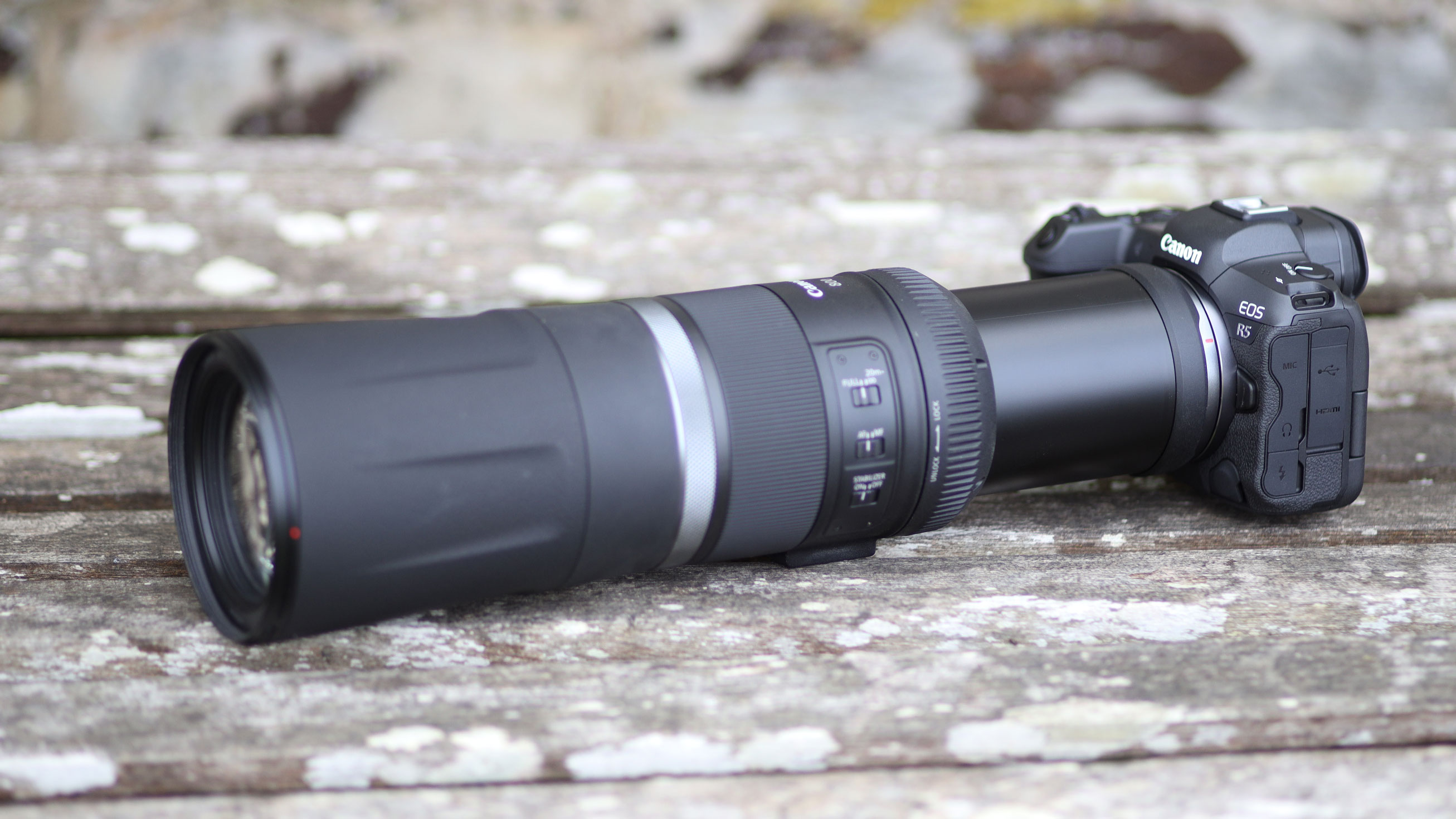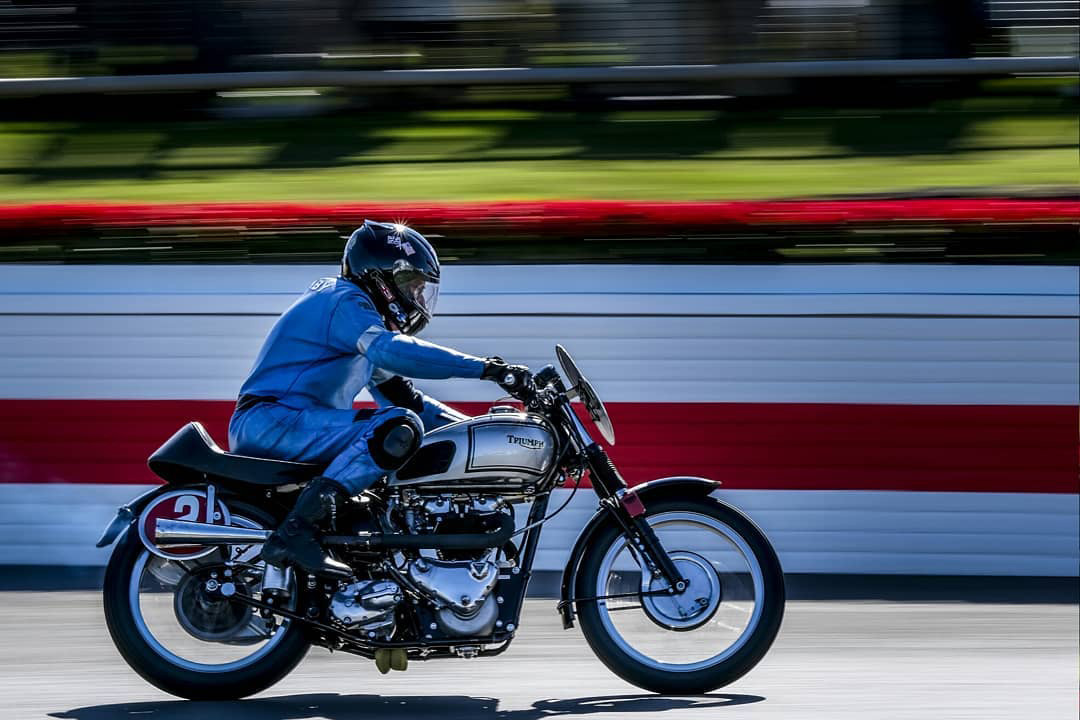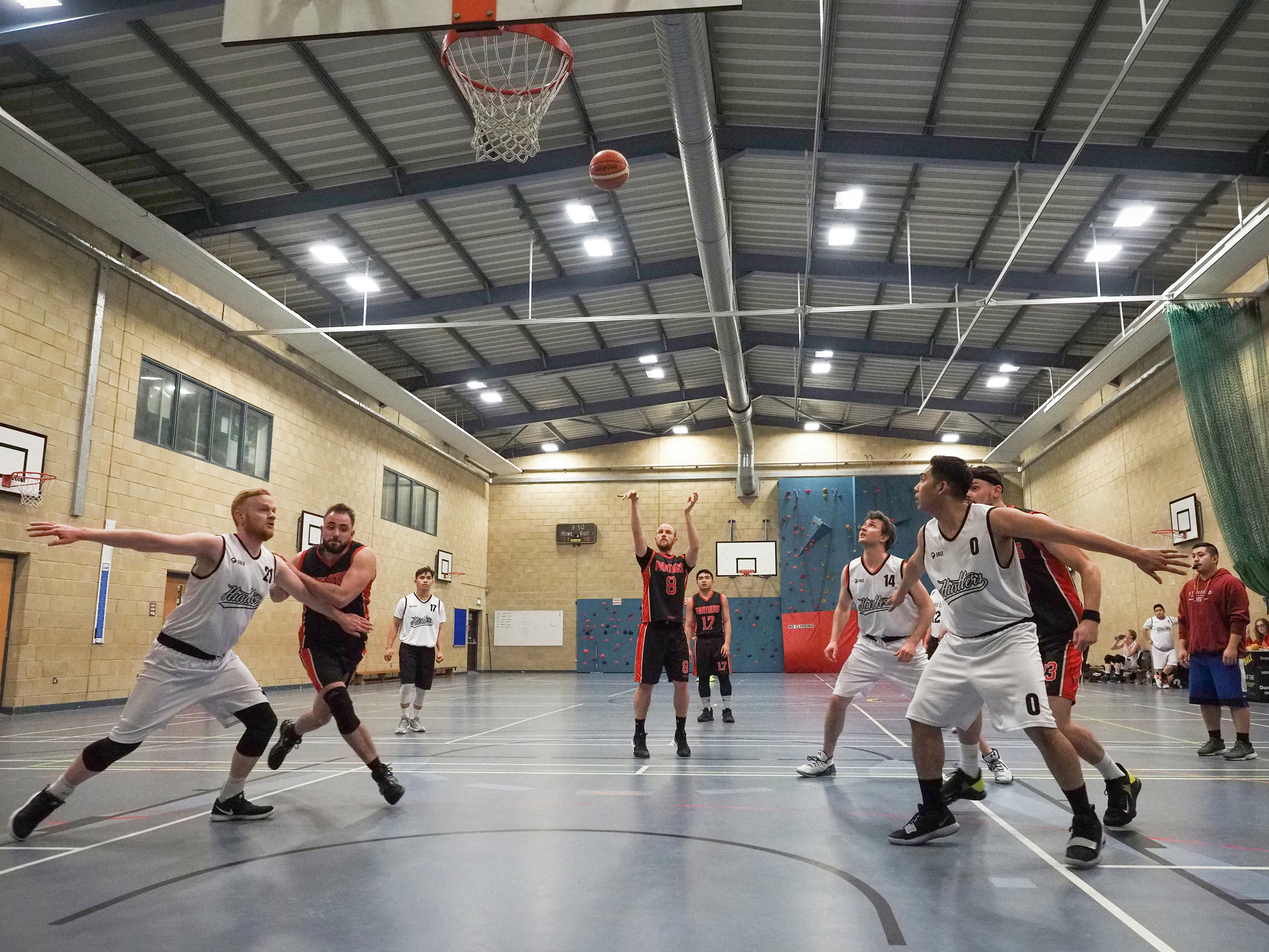How big a problem is an f/11 telephoto? Canon’s new lenses look mad… but aren’t
Just because a thing has never been done before, that doesn’t mean it’s not a good idea, and f/11 may actually be usable

Canon has caused quite a storm. As well as releasing the ground-breaking EOS R5 and EOS R6, it has launched two new inexpensive telephoto prime lenses for its EOS R cameras, the RF 600mm f/11 IS STM and RF 800mm f/11 IS STM, both with a fixed aperture of f/11. That is a VERY small aperture for a telephoto lens, but is it really the problem that many people might imagine?
Is an f/11 telephoto a problem?
It certainly sounds like it. Compared to the maximum apertures on other telephoto lenses, f/11 is hopeless. How can anyone possibly shoot anything at that aperture?
Well, here’s how.
1) The AF systems in Canon’s new EOS R5 and EOS R6 cameras, will still work at f/11, though you are restricted to a central cluster of AF points about the same size as a DSLR’s (so not full frame coverage). And because these cameras have electronic rather than optical viewfinders, the viewfinder image (and the LCD image) will be as bright as with any other lens.
2) High ISO performance and sensor technology has come a long way. With the new EOS R cameras, we’re told the high ISO performance is so good that you do not have to worry about pushing it as high as you need.
*We do not yet know how for sure how well these f/11 lenses will work with Canon’s existing EOS R and EOS RP cameras, but our understanding is that the AF will work in the same way.
Will an f/11 lens affect your shutter speeds?
Only if you insist on using a fixed, low ISO setting. The solution is very simple.
The best camera deals, reviews, product advice, and unmissable photography news, direct to your inbox!
1) Set your camera to Auto ISO
2) Select an appropriate shutter speed for your subject
3) Start shooting
The camera will automatically adjust the ISO to give you the correct exposure at f/11 with the shutter speed you’ve chosen.
There will come a point where you start to see an unacceptable degradation in image quality, but that might be at much higher ISO settings than you expect. And you will still have a sharp shot.
There will be plenty of people who object on principle to high ISOs and consider any degradation in image quality unacceptable. That’s fine, but these lenses are not for those people.
What ISOs will I need with an f/11 lens?
Here’s a handy exposure table to give you an idea. It gives estimated exposure values in different conditions, but these do vary so this is only a guide.
We’ve chosen a shutter speed of 1/500sec as broadly what you might use in sports photography to freeze most subjects but not eliminate all movement (you can, of course, make your own calculations with different shutter speeds). The aperture, as we know, is fixed at f/11. The only thing that can change is the ISO.
| Lighting | EV | Shutter speed | Aperture | ISO |
|---|---|---|---|---|
| Bright snow/sand | 16 | 1/500sec | f/11 | ISO 125 |
| Sunny | 15 | 1/500sec | f/11 | ISO 250 |
| Slight overcast | 14 | 1/500sec | f/11 | ISO 500 |
| Overcast | 13 | 1/500sec | f/11 | ISO 1,000 |
| Heavy overcast | 12 | 1/500sec | f/11 | ISO 2,000 |
| ... | Row 5 - Cell 1 | Row 5 - Cell 2 | Row 5 - Cell 3 | Row 5 - Cell 4 |
| Indoor sports | 9 | 1/500sec | f/11 | ISO 16,000 |
ISO 2000, our worst-case outdoor figure, is not high at all by modern camera standards and you may hardly notice any loss in quality (people’s standards do vary, of course), so an f/11 lens can still give you good shutter speeds for action even in poor outdoor lighting.
Indoor lighting (and fading daylight/dusk) may be more problematic. Conditions vary hugely, but we’ve estimated an EV (exposure value) of 9. To get a shutter speed of 1/500sec in these conditions, you’re going to need ISO 16,000 or thereabouts which is, even with modern cameras, pushing it somewhat. This is where a faster lens will make a difference… but even if you had an f/8 or even an f/5.6 lens of this focal length, you would still need an ISO of 4,000-8,000.
Do Canon’s 600mm and 800mm f/11 lenses make any sense?
They do! The small aperture will continue to be controversial, but it’s no barrier in outdoor lighting, and perhaps still usable indoors.
The point about these lenses is that they are portable, and they are affordable. Those two factors alone make them a real breath of fresh air.
We won't talk about Canon's new 1.4x and 2x Extenders just yet, because these will drop these lenses' apertures to f/16 and f/22. Even we're scared now.
• Pre-order the Canon RF 600mm f/11 IS STM and Canon RF 800mm f/11 IS STM from B&H
• Pre-order the Canon RF 600mm f/11 IS STM and Canon RF 800mm f/11 IS STM from Adorama
• Pre-order the Canon RF 600mm f/11 IS STM and Canon RF 800mm f/11 IS STM from Wex
Read more:
• Best Canon cameras
• Best Canon RF lenses
• Canon EOS R5 hands on
• Canon EOS R6 hands on
• Best professional cameras
• Best mirrorless cameras

Rod is an independent photography journalist and editor, and a long-standing Digital Camera World contributor, having previously worked as DCW's Group Reviews editor. Before that he has been technique editor on N-Photo, Head of Testing for the photography division and Camera Channel editor on TechRadar, as well as contributing to many other publications. He has been writing about photography technique, photo editing and digital cameras since they first appeared, and before that began his career writing about film photography. He has used and reviewed practically every interchangeable lens camera launched in the past 20 years, from entry-level DSLRs to medium format cameras, together with lenses, tripods, gimbals, light meters, camera bags and more. Rod has his own camera gear blog at fotovolo.com but also writes about photo-editing applications and techniques at lifeafterphotoshop.com



